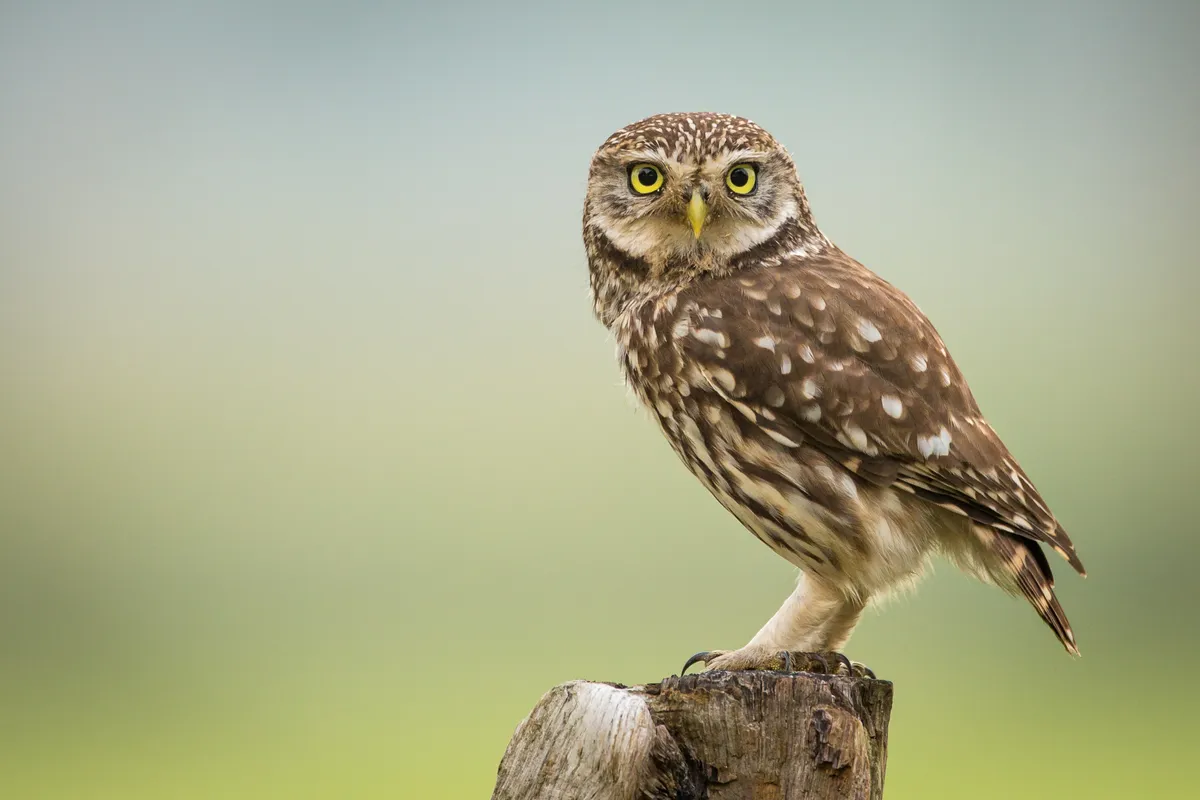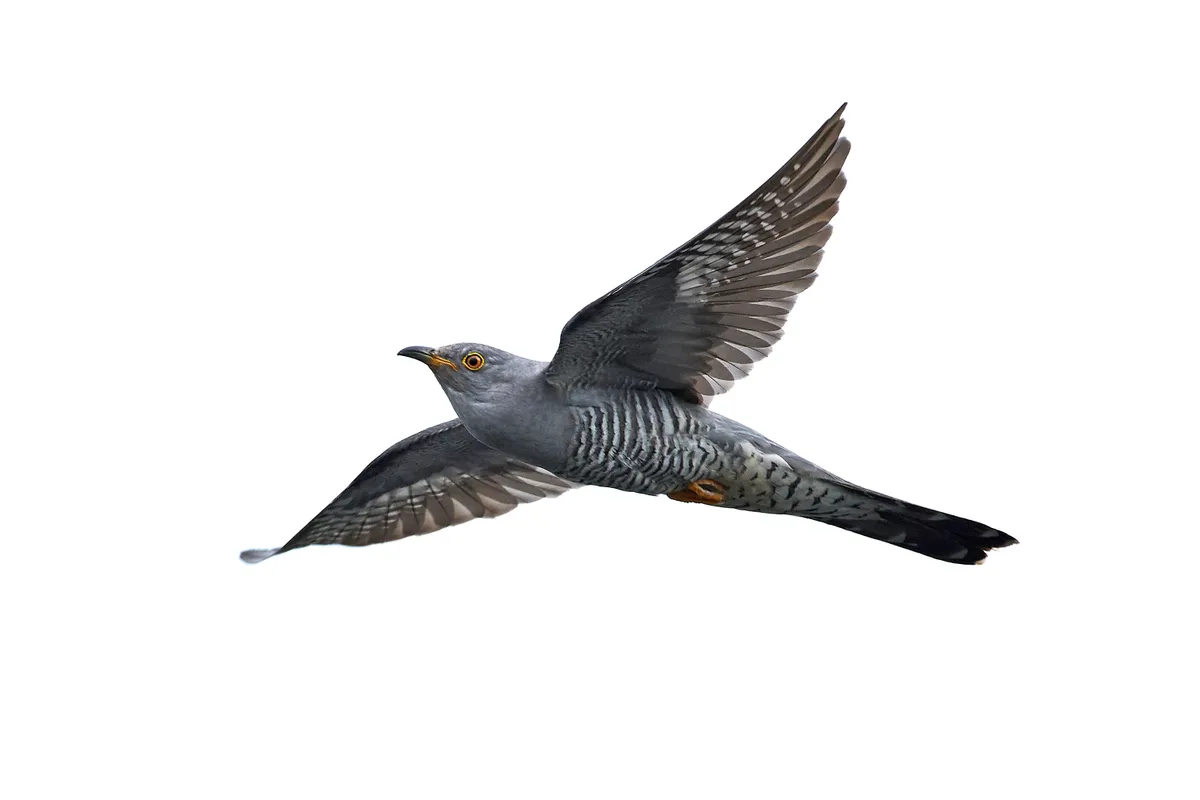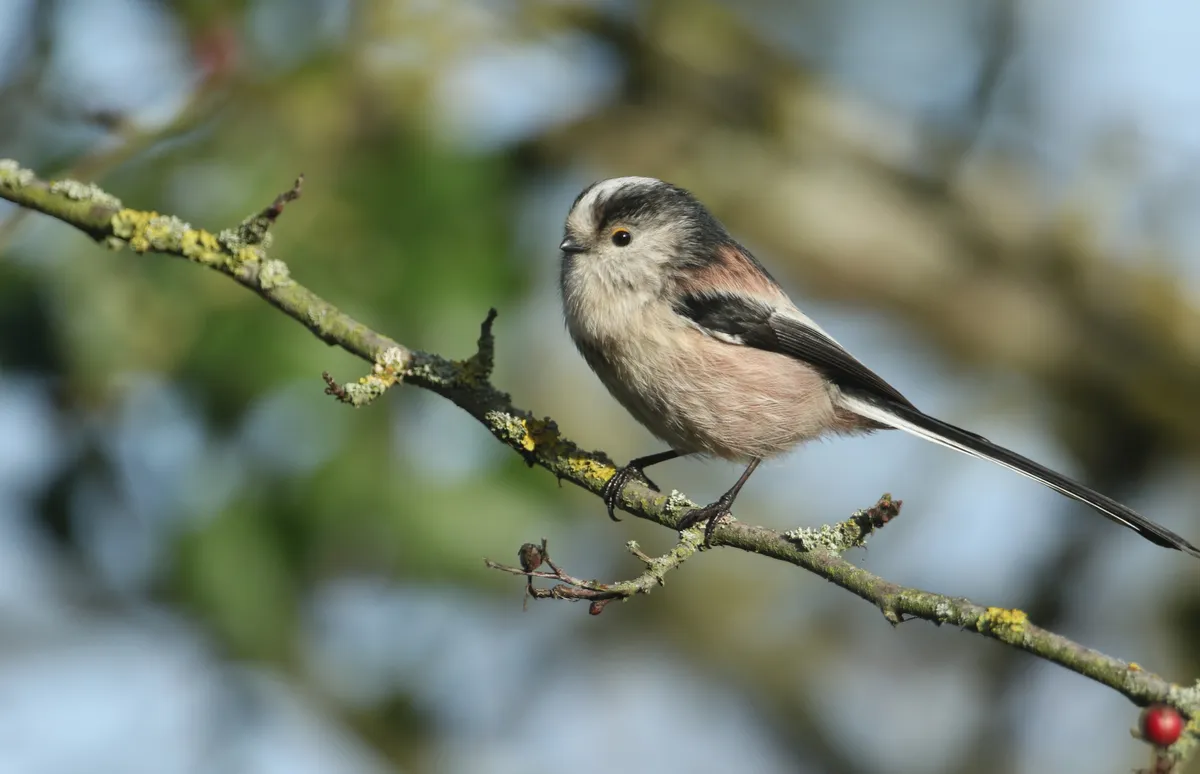New research from the British Trust for Ornithology (BTO) and Natural England shows how birds in England have been affected by climate change since 1966.
Data collected over the last 50 years by citizen scientists was used to monitor changes in the population size of 68 breeding species.
“Given the changeable British weather, it can be difficult for us to see the long-term impacts of climate change, but by monitoring bird populations we can track impacts upon the natural environment,” says James Pearce-Higgins, director of science at the BTO and the lead author.
The study revealed that the population growth rates of 24 of the 68 species correlated with climatic variables such as temperature and rain.
Population numbers have increased by over ten per cent for 13 of the 24 bird species, such as the goldcrest, long-tailed tit and corn bunting, but have declined for three others – cuckoo, little owl and reed warbler.


“Whilst some of these impacts have resulted in population increases, as harsh winters which naturally limit the populations of some resident species have become less common through time, there are also species which appear to have declined too,” adds Pearce-Higgins.
Warmer winters may result in an increased over-wintering survival rate, especially for small, insectivorous songbirds which are particularly susceptible to cold-weather events.

However, this is just one possible impact of climate change and correlating population trends with climatic events is particularly difficult for migratory species.
Read the full paper in Bird Study.
Main image: Goldcrest numbers have increased by over ten percent. © James Gledhill/Getty
